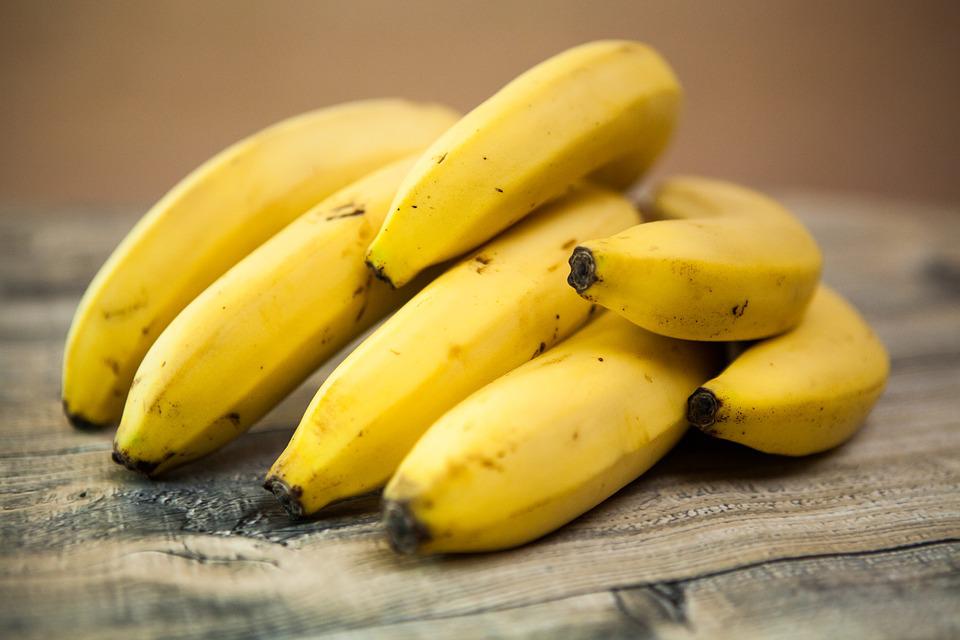



Article by: Hari Yellina
As bananas ripen, their flavour and look change. Do they, however, modify their nutritional makeup? Do they lose some of their fibre content when they transition from green and firm to yellow and soft? The founder of Essence Nutrition in Miami, Monica Auslander Moreno, M.S., RD, LDN, states, “The fibre content of a banana does not decrease as it matures, but it does vary. It goes from having more resistant starch to having less resistant starch.” Resistant starch is a form of prebiotic fibre found in grains, potatoes, bananas, and beans, among other foods. These starches are resistant to being broken down in the digestive tract, as their name implies.
This permits them to stay intact until they reach the large intestine, where they can be used as fuel by our gut’s beneficial bacteria. According to the writers of the Encyclopaedia of Food Chemistry, resistant starch “reaches the colon either unmodified or slightly transformed.” Researchers are interested in resistant starch because it may help lower the occurrence of inflammatory bowel illnesses like ulcerative colitis and Crohn’s disease, as well as colon cancer. It comes in five main subgroups. Furthermore, according to a 2020 study published in Nutrition Journal, resistant starch consumption may help to reduce overall inflammation in the body.
Although the authors of the study stress that more research is needed, this could be beneficial for a range of chronic illnesses, including cardiovascular disease, nonalcoholic fatty liver disease, type 2 diabetes, obesity, and metabolic syndrome. The structure of a banana’s carbohydrates breaks destroyed as it ripens, converting prebiotic fibres and pectin to sugar. A fully green banana, for example, has more than 3 grammes of fibre, whereas an overripe banana has less than 2 grammes. Regardless of how ripe a banana is, the amount of total carbs it contains remains constant. However, the change in fibre content is due to the transformation of carbs as the fruit ripens. Other nutrients, such as potassium, vitamin C, protein, and fat, are unchanged.
The satiety component of a banana also changes as it ripens. This means that eating a ripe banana vs a greener banana can affect your appetite in different ways. According to Moreno, “A banana that is extremely ripe is ideal for baking. However, unless you’re baking, I prefer using the more underripe bananas to get more prebiotic fibre.” Prebiotic fibre has a filling effect, making you feel fuller for extended periods of time. However, the flavour of fully green bananas may not be as appealing as the flavour of ripe bananas, so strive for the middle ground. If a banana is past its peak, it’s probably more suited to banana bread than an afternoon snack.